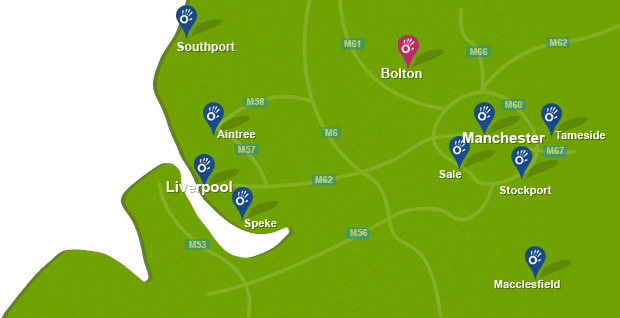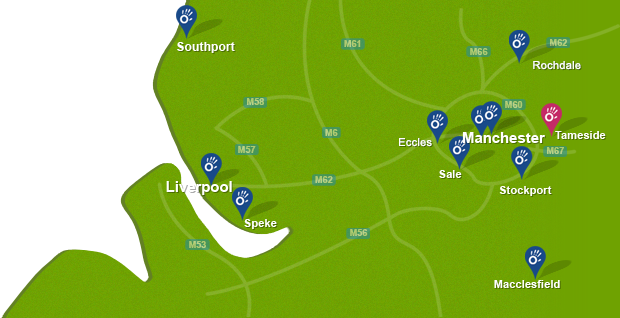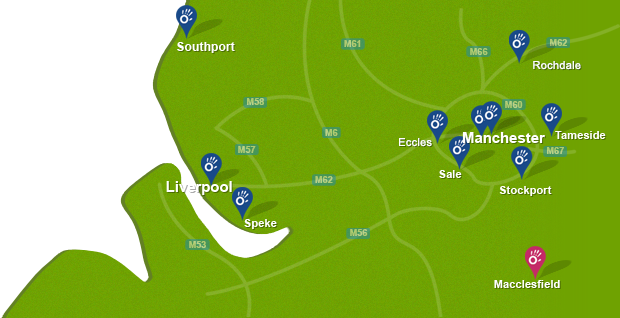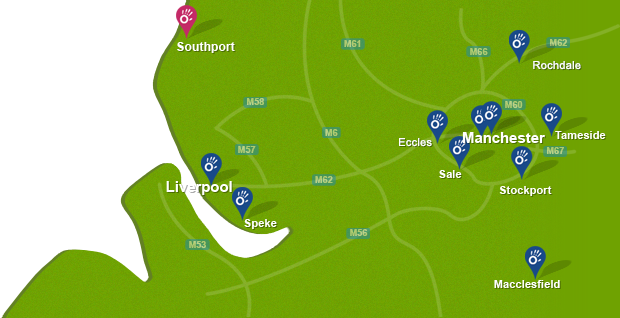Skin rolling is used as an effective treatment for a range of conditions. Skin rolling is used to loosen the skin, release muscle tension, decrease pain and increase flexibility.
Skin rolling can be used post exercise and to treat deep tissue injuries. Massage therapists at Manchester Physio can use skin rolling as an effective treatment for a range of conditions.
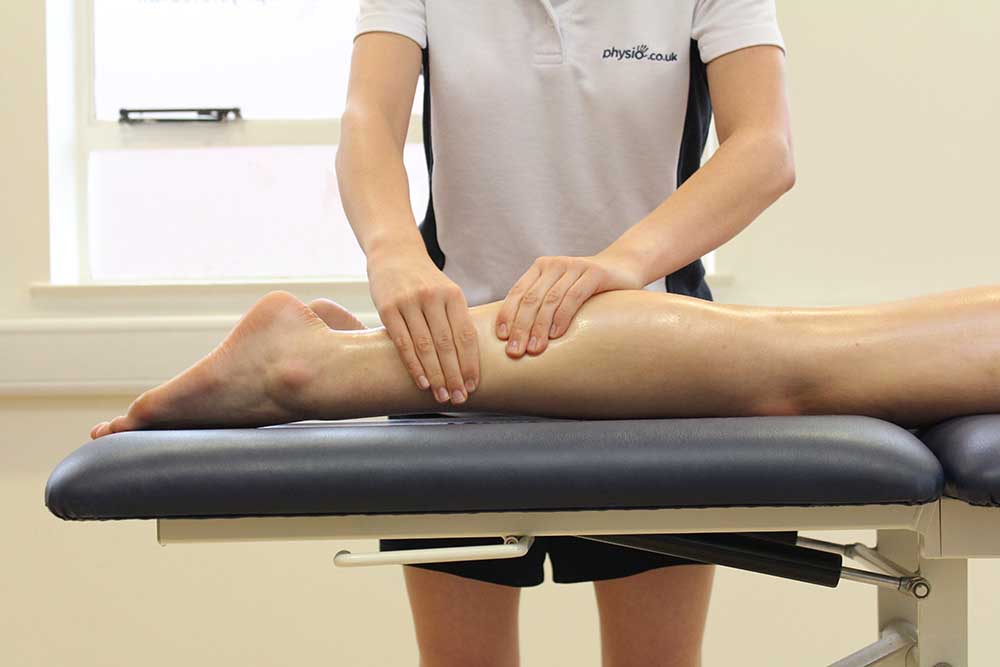 Above: Rolling massage technique on gastocnemius and soleus muscles
Above: Rolling massage technique on gastocnemius and soleus musclesWhat is skin rolling?
Skin rolling is a massage technique which is used to loosen the skin, release muscle tension, decrease pain and increase flexibility. Skin rolling pulls the skin away and is gently rolled in a continuous forward motion to separate the skin from any muscles that may be stuck. Muscles being stuck to deep tissues can cause discomfort and pain. Muscles should not interfere with the skins fluidity. Skin rolling opens and liberates the skin from any restrictions, decreasing the pain and increasing movement.
What is skin rolling used for?
Skin rolling is a massage technique used to:
- Loosen the skin from restriction
- Decrease pain
- Relieve muscle tension
- Increase Flexibility
Skin rolling is used to loosen the skin and separate it from the muscle. When the body is under stress, it can produce acids which can intensify and inflame the fascia. The fascia is a connective tissue uniting the surface skin to deeper underlying tissues. The fascia often becomes inflamed due to injury or acid build, causing pain and restricted movement. Skin rolling can manipulate obstructions to smooth and soothe them.
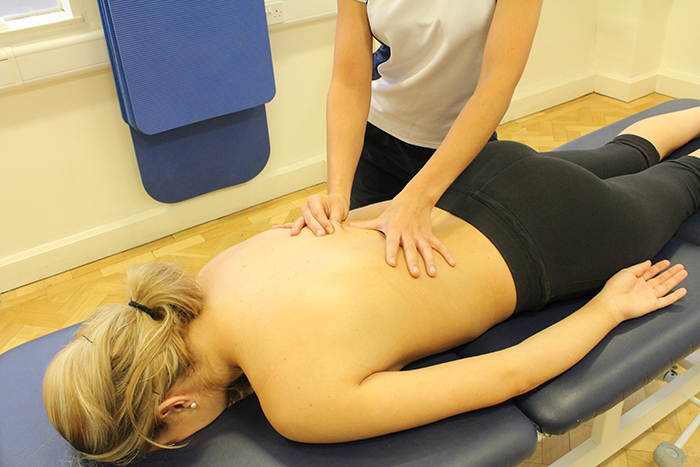
Skin rolling can also help to decrease pain. Skin rolling can be used to increase movement in fascia tissue and movement. Skin rolling decreases pain by improving movement preventing restriction. Skin rolling also is used to decrease pain by increasing temperature of soft tissues and interrupting pain signals to the brain.
Skin rolling is used to relieve muscle tension by increasing temperature of the soft tissues. Skin rolling creates friction across the surface of the skin which increases temperature. Skin rolling also helps to increase psychological relaxation. Skin rolling can trigger the body's relaxation response. The light pressure of massage stimulates the parasympathetic nervous system. The parasympathetic nervous system works to regulate the body back to a relaxed state after emotions such as stress.
Skin rolling is also used to increase flexibility of soft tissues. Skin rolling helps increase flexibility by increasing tissue elasticity and breaking down adhesions and scar tissue. Skin rolling increases temperature of the muscle allowing muscle fibres to loosen. Massage helps to stretch out muscle fibres and increase flexibility. Skin rolling is also used to break down adhesions and scar tissue. The direction of movement performed during skin rolling breaks down adhesions and hard connective tissue and realigns them back into normal form.
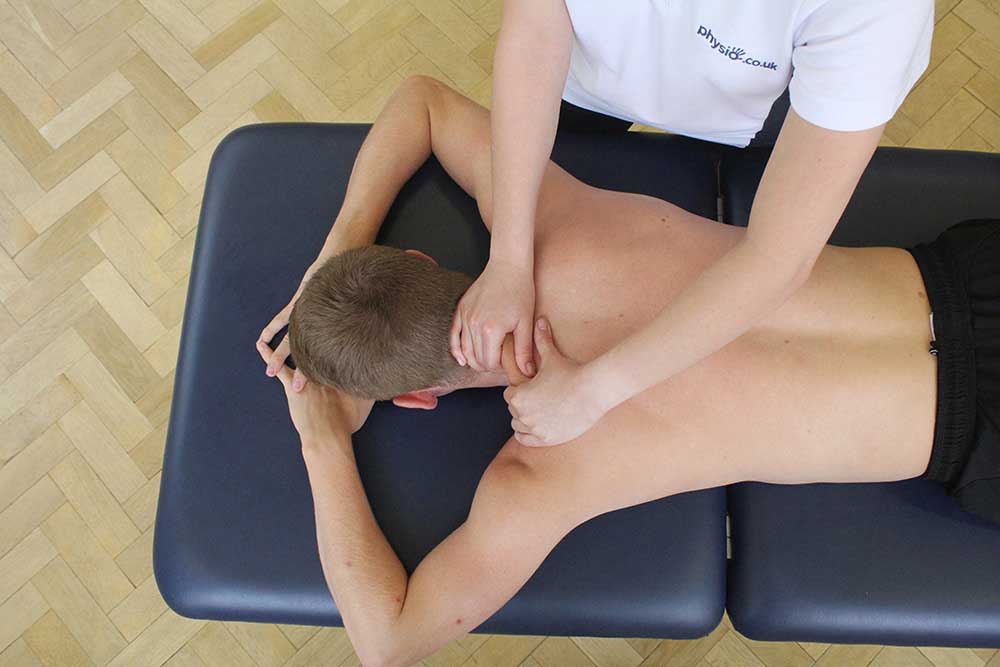 Above: Rolling massage technique on trapezius muscle
Above: Rolling massage technique on trapezius muscleWhat are the benefits of skin rolling?
Skin rolling has many benefits. These include: The benefits of skin rolling are to decrease tension, increase flexibility and increase healing.
Skin rolling can help to decrease tension within the soft tissues. Skin rolling helps to decrease tone within a muscles and release fascia tissue. The fascia is a connective tissue which attaches the skin to deeper, underlying tissues. The fascia can become inflamed due to injury. Skin rolling is a specific technique which manipulates the tissue, releasing any obstructions and decreasing tension.
Skin rolling is also beneficial to increasing flexibility and improving range of movement. Skin rolling increases temperature and tissue elasticity. Skin rolling lifts and picks up muscles, loosening fibers and creating movement. Increasing tissue elasticity is important to preventing injuries from occurring and maximising performance.
Skin rolling is beneficial to increasing healing. Movement from the direction of skin rolling increases temperature and causes vasodilation to occur. Vasodilation is the widening of the blood cells in the blood stream. Capiliarisation which is an increase of blood cells also happens from an increase to the skin. Skin rolling can increase blood flow to an affected area and help assist healing to damaged tissues.
How does skin rolling help?
Skin rolling can help by increasing temperature of the soft tissues, increasing tissue elasticity, loosening skin and connective tissues and breaking down adhesions and scar tissue.
Skin rolling helps by increasing temperature of the soft tissues. Skin rolling increases temperature by stimulating friction to an area of the body. Friction increases capilliarisation and vasodilation in the blood flow. Capilliarisation and vasodiliation is the increase of number and size of blood cells. Increased temperature allows the muscles to relax and muscle fibres to loosen and expand.
Skin rolling helps by increasing tissue elasticity. Tissue elasticity is the ability of tissue to be stretched and regain original shape and size. Massage increases temperature in the muscles allowing muscle fibres to relax and to be loosened. Once a muscle is relaxed, massage can stretch out loosened muscle fibres to increase elasticity. An increase of elasticity in the muscle allows the muscle to increase in range of movement.
Skin rolling helps by loosening skin and connective tissues. When skin rolling is performed it helps loosen the skin and connective tissues. The fascia is a connective tissue between the skin and underlying tissues. The fascia can be become inflamed due to overuse or injury. Skin rolling pulls the skin away and is gently rolled in a continuous forward motion to separate the skin from any muscles that may be stuck. Muscles being stuck to deep tissues can cause discomfort and pain. Muscles should not interfere with the skins fluidity.
Skin rolling can also help break down adhesions and scar tissue. Skin rolling can apply force across the muscle to break down and realign collagen fibres into normal form. Once muscle fibres are realigned into normal form flexibility is increased.
Summary
Skin rolling is an effective and beneficial technique to help release muscle tension, loosen the skin, decrease pain and improve flexibility. Skin rolling is used on connective tissues between the surface of the skin to deeper and underlying tissues. Skin rolling is beneficial to overused injuries and scar tissues by breaking down adhesions. Skin rolling is used by our massage therapists at Manchester Physio for a range of conditions. Massage therapists at Manchester Physio can use skin rolling as an effective treatment for a range of conditions.
How can I arrange an appointment for skin rolling?
To arrange a skin rolling treatment at Manchester Physio, e-mail us at office@manchesterphysio.co.uk or call 0161 883 0077.


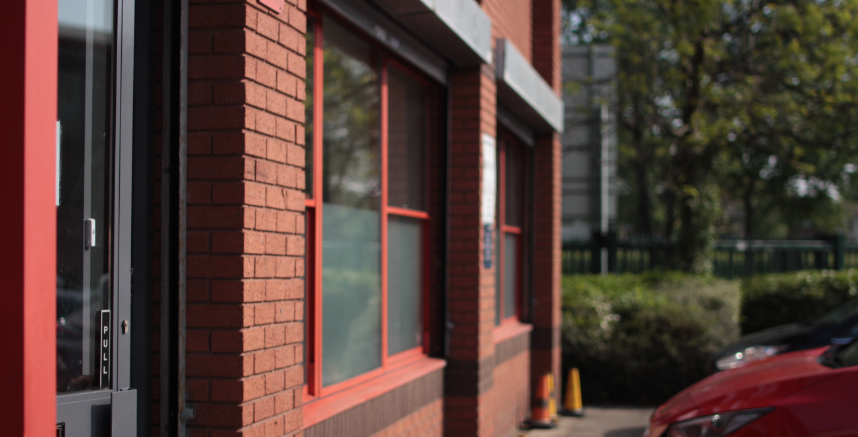
 0161 883 0077
0161 883 0077






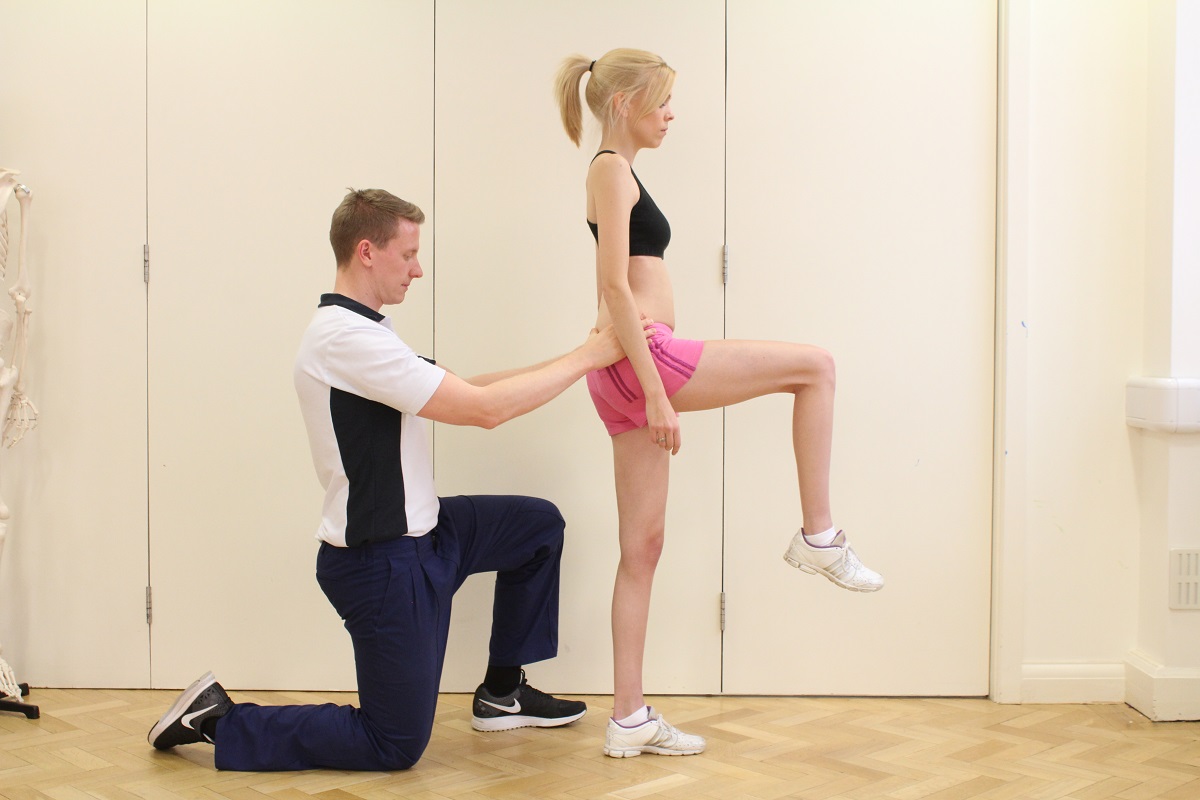
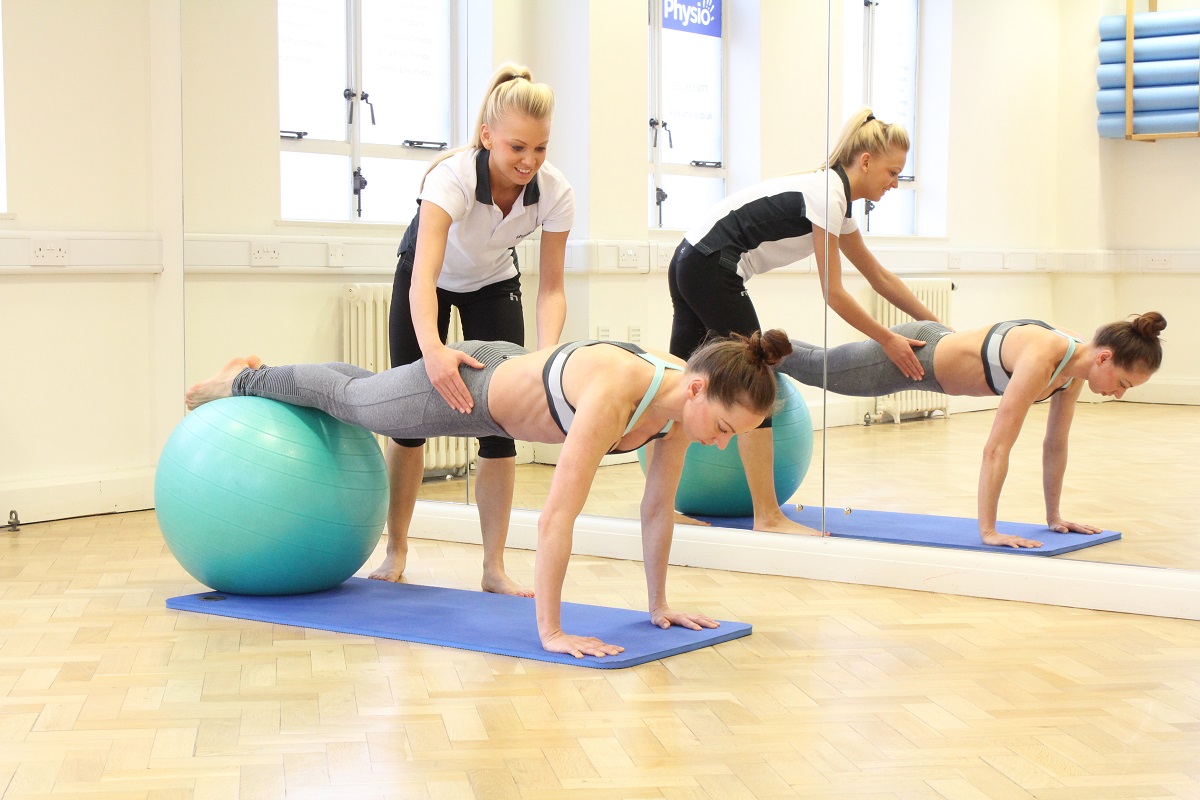
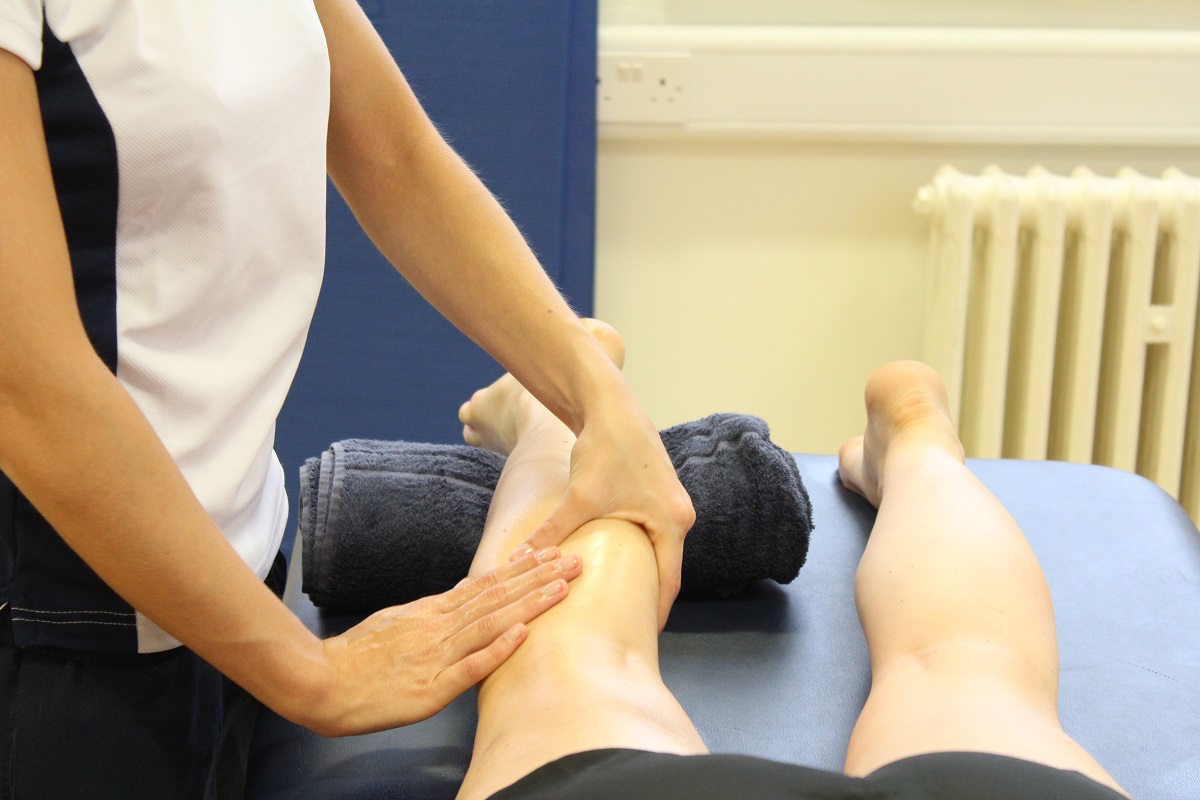
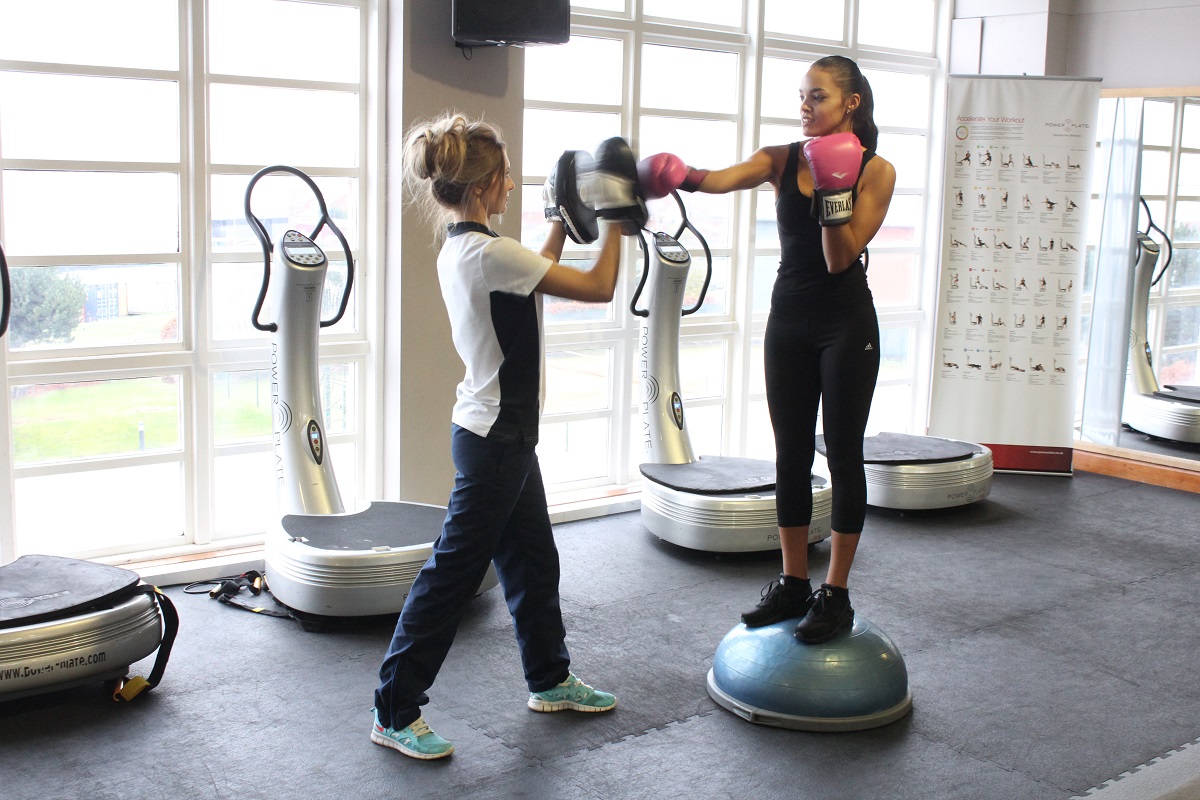
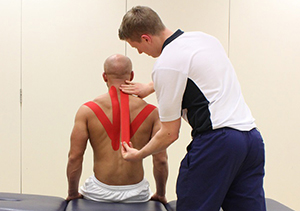

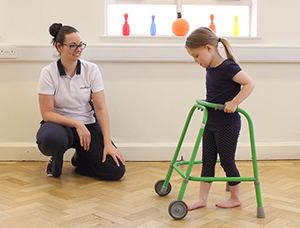
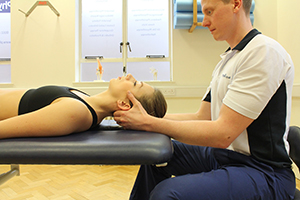


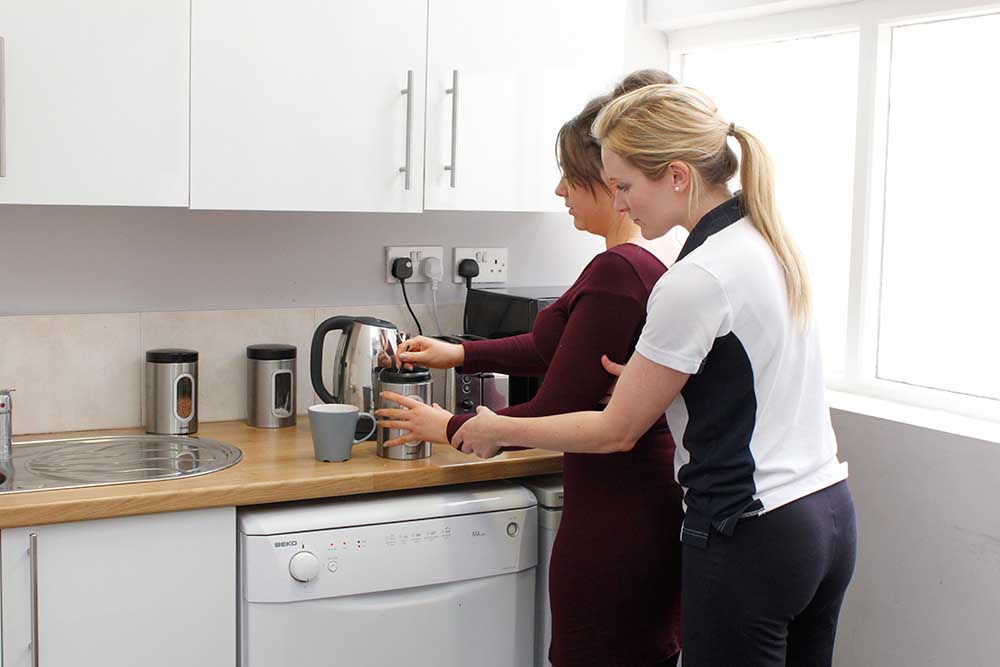




























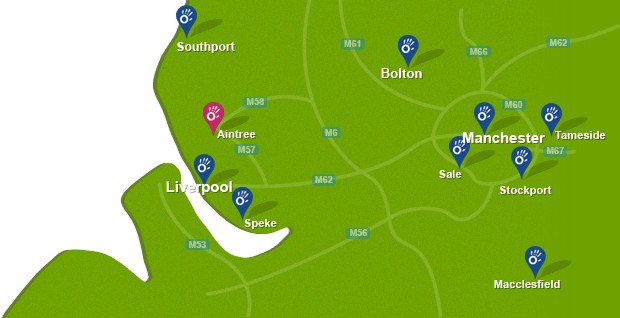

 f
f
